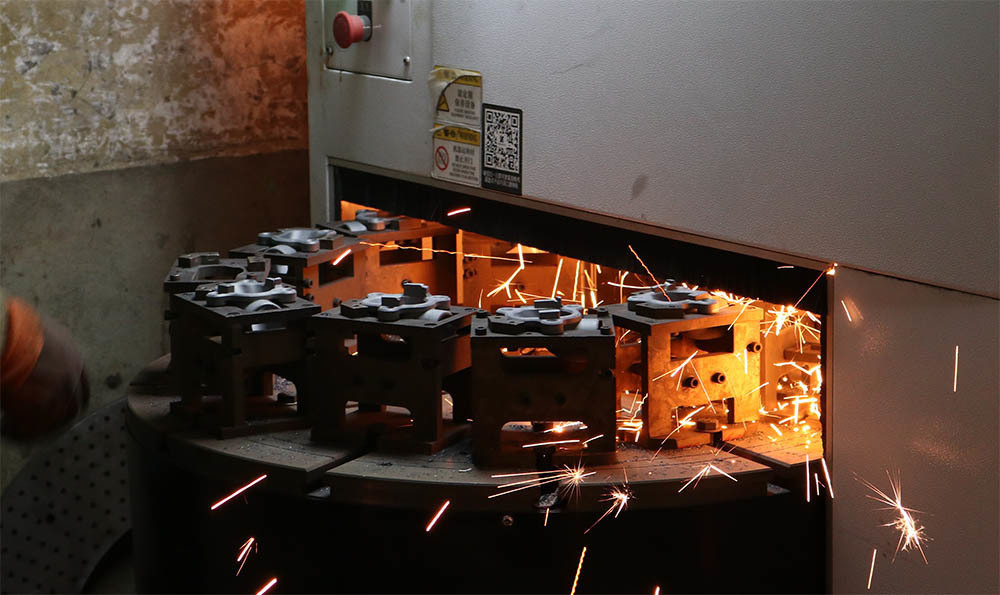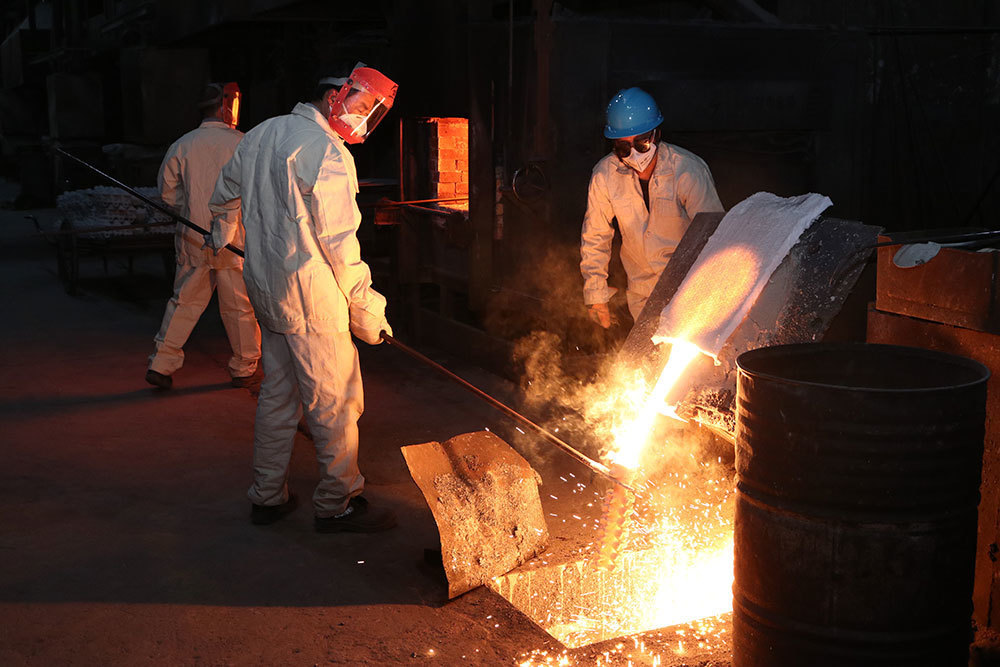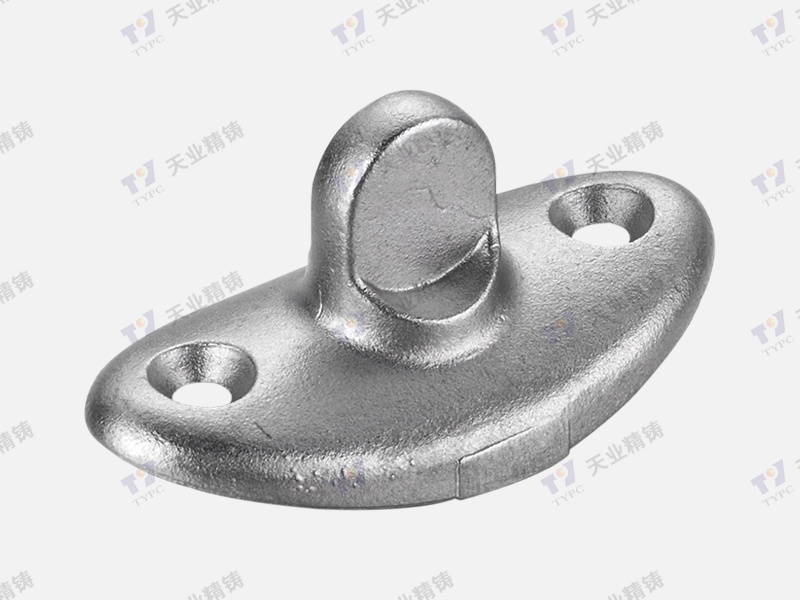2025-06-02
Elevating Performance: The Ultimate Guide to Upgrading Your Power System Parts
Elevating Performance: The Ultimate Guide to Upgrading Your Power System Parts
Table of Contents
- 1. Introduction to Power System Upgrades
- 2. The Importance of Upgrading Power System Parts
- 3. Common Components in Power Systems
- 4. Criteria for Selecting the Right Parts
- 5. The Installation Process
- 6. Maintenance Strategies for Enhanced Performance
- 7. Future Trends in Power Systems
- 8. Conclusion
- 9. Frequently Asked Questions
1. Introduction to Power System Upgrades
In the realm of industrial operations, **power system components** play a critical role in ensuring efficiency and reliability. As technologies advance and operational demands evolve, the need for upgrading these components becomes increasingly vital. This guide aims to provide deep insights into upgrading your power system parts, helping you **elevate performance** while optimizing costs and enhancing system longevity.
2. The Importance of Upgrading Power System Parts
Upgrading power system components is essential for several reasons:
2.1 Enhanced Efficiency
Modern components are designed with improved technology that increases overall system efficiency. By upgrading, you ensure that your operations are not just effective but also energy-efficient, reducing operating costs and environmental impact.
2.2 Increased Reliability
Aging components can lead to failures and downtime, which can be costly. Upgrading to newer, more reliable parts minimizes the risk of unexpected breakdowns, ensuring smoother operations.
2.3 Compliance with Standards
As regulatory standards evolve, upgrading components ensures that your systems remain compliant with safety and environmental regulations, thereby avoiding potential fines and legal issues.
3. Common Components in Power Systems
Understanding the various parts of your power system is crucial when planning upgrades. Here are some common components that may require attention:
3.1 Transformers
Transformers are essential for voltage regulation and distribution. Upgrading transformers can lead to better energy efficiency and reduced losses.
3.2 Circuit Breakers
Modern circuit breakers provide better protection against overloads and short circuits. An upgrade can enhance safety and improve system reliability.
3.3 Switchgear
Switchgear controls and protects electrical equipment. Upgrading to advanced switchgear can significantly improve operational efficiency and safety.
3.4 Capacitors
Capacitors improve power factor and enhance energy efficiency. Upgrading these components can reduce energy costs and improve system performance.
4. Criteria for Selecting the Right Parts
When upgrading, the selection of quality parts is crucial for achieving the desired performance improvements. Here are key criteria to consider:
4.1 Quality and Durability
Opt for parts that are manufactured to high-quality standards. Durable components will last longer, saving you money on replacements and reducing downtime.
4.2 Compatibility
Ensure that any new parts are compatible with your existing system. This includes voltage ratings, physical dimensions, and connectivity.
4.3 Cost-Effectiveness
While it's important to invest in quality, it’s equally vital to consider the cost. Look for parts that offer the best value for their performance, factoring in installation and maintenance costs.
5. The Installation Process
Upgrading your power system parts requires a meticulous approach to installation. Proper installation is key to ensuring that your upgraded components function optimally.
5.1 Pre-Installation Tips
Before beginning installation, conduct a thorough assessment of existing systems. Make a checklist of required tools and ensure that all safety protocols are in place.
5.2 Step-by-Step Installation Guide
1. **Disconnect** power to the system to ensure safety.
2. **Remove** old components carefully, taking note of their configuration.
3. **Install** new parts according to the manufacturer's instructions, ensuring correct alignment and connections.
4. **Test** the system at lower loads before full operation to ensure everything functions as intended.
5. **Document** the installation process for future reference and compliance.
6. Maintenance Strategies for Enhanced Performance
Regular maintenance is crucial to maximize the lifespan and efficiency of upgraded components. Implement these strategies:
6.1 Scheduled Inspections
Conduct regular inspections of your power system to identify potential issues before they escalate.
6.2 Cleaning and Lubrication
Keep components clean and properly lubricated to avoid wear and tear, which can lead to malfunctions.
6.3 Performance Monitoring
Utilize monitoring tools to track the performance of upgraded parts. Analyzing data can help spot inefficiencies or potential failures early.
7. Future Trends in Power Systems
As technology continues to evolve, several trends are emerging in power system upgrades:
7.1 Smart Technology Integration
The incorporation of IoT and smart technologies allows for improved monitoring and control, leading to enhanced efficiency and predictive maintenance.
7.2 Renewable Energy Integration
With the rise of renewable energy sources, upgrades will increasingly focus on compatibility and efficient interaction with solar, wind, and other renewable technologies.
8. Conclusion
Upgrading power system parts is not merely a task; it is an investment in the future of your industrial operations. By enhancing efficiency, reliability, and compliance, you position your business for success in an ever-evolving market. Utilizing the insights provided in this guide will help ensure that your upgrades are strategic, effective, and ultimately lead to elevated performance.
9. Frequently Asked Questions
What are the signs that my power system components need upgrading?
Signs include frequent breakdowns, inefficiency in energy use, and non-compliance with safety standards.
How often should I upgrade my power system parts?
This depends on the operational demands and the specific components involved, but a general guideline is every 5-10 years for major components.
Can I upgrade individual components, or do I need to upgrade the entire system?
Individual components can often be upgraded; however, compatibility and performance should always be evaluated.
What is the best way to find reliable suppliers for power system parts?
Research suppliers' reputations, read reviews, and consider asking for recommendations from industry peers.
Are there any financial incentives for upgrading to more efficient power system components?
Yes, many regions offer rebates, tax credits, or incentives for upgrading to energy-efficient systems, reducing overall costs.









